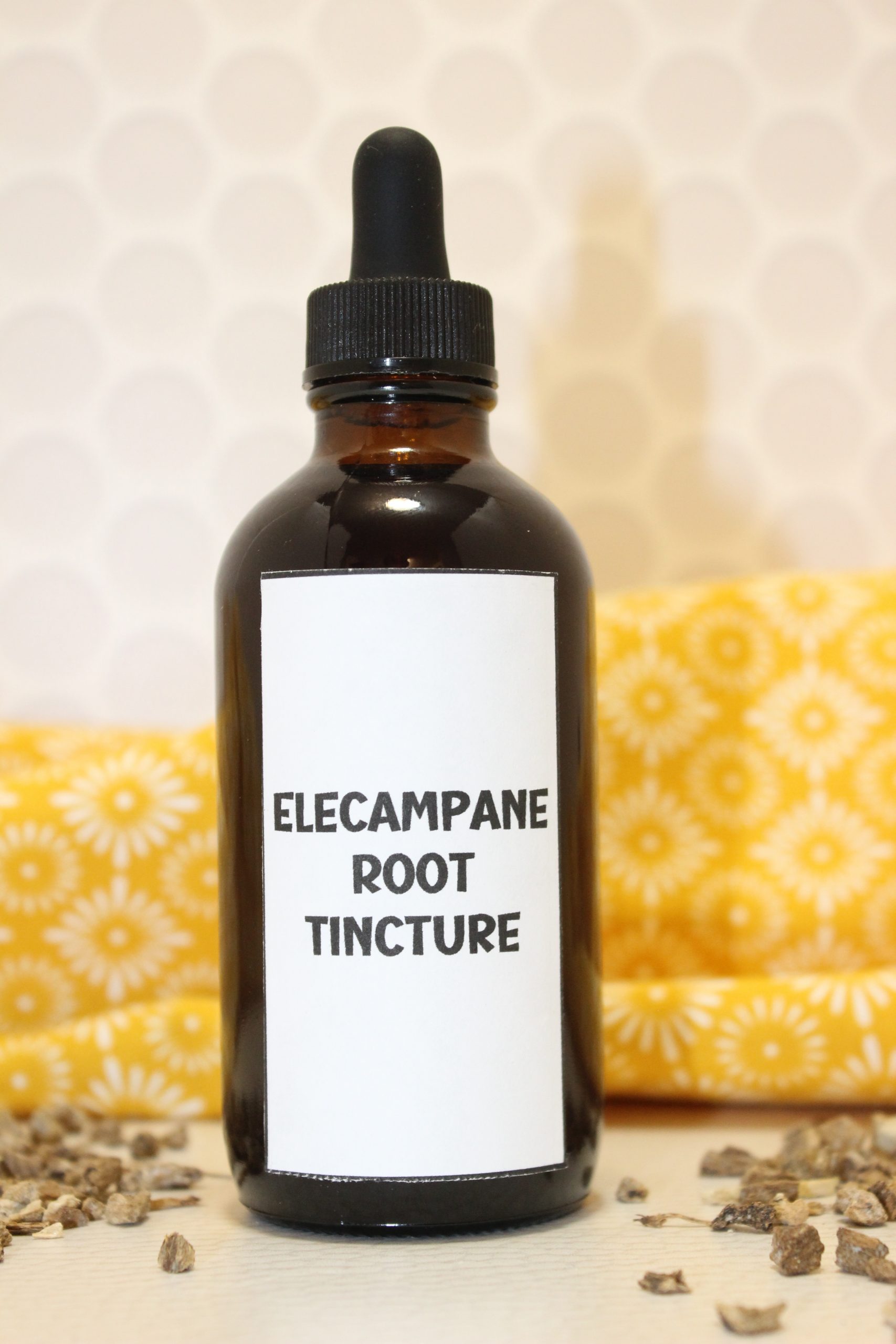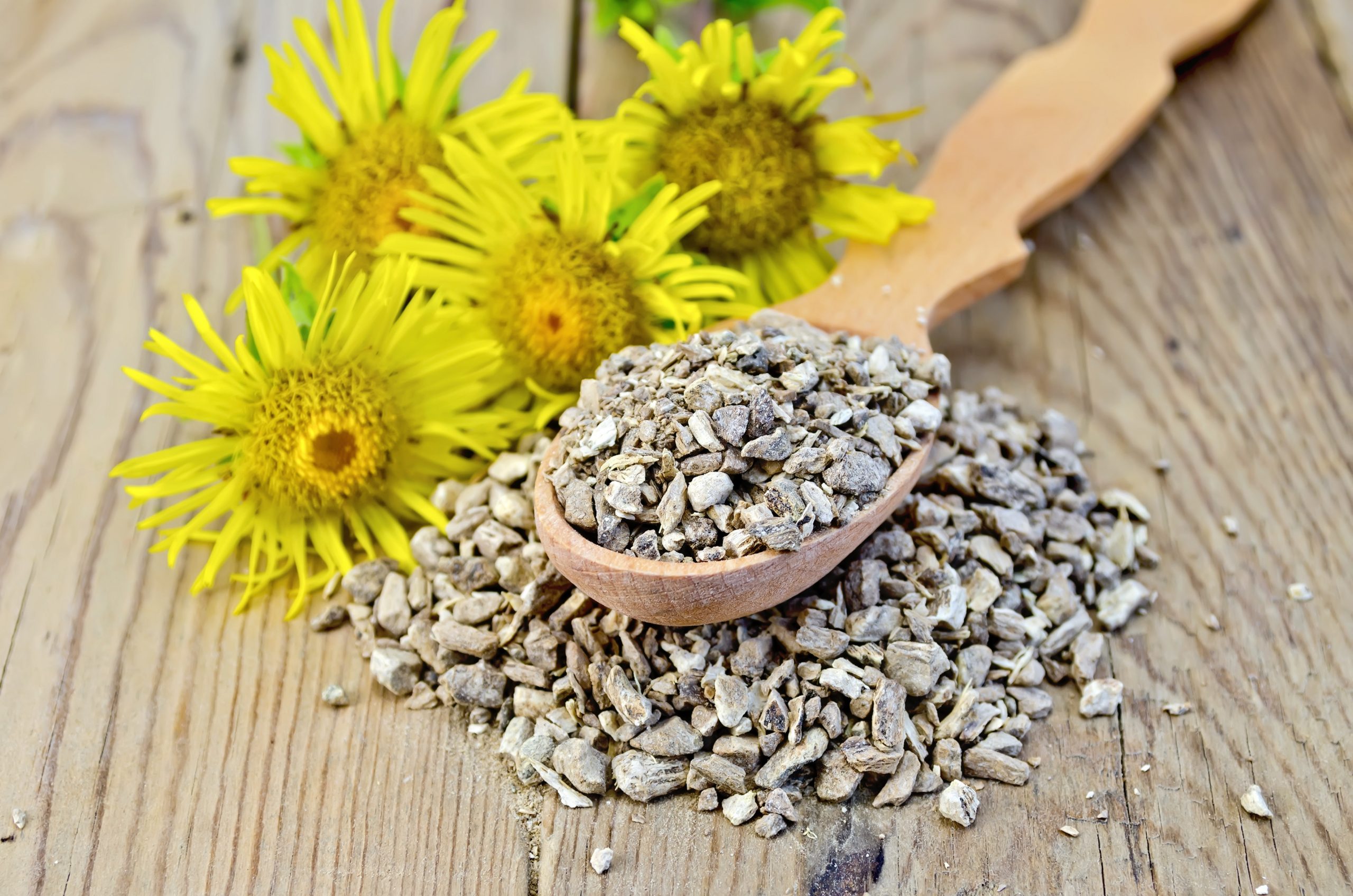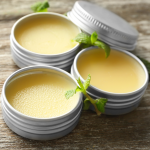Ever wondered how to make your own elecampane root tincture? You’re not alone! This ancient herb has been a secret weapon for respiratory health throughout history. Its roots buzz with benefits, helping clear lungs and fight off pesky coughs. Making your own tincture at home is cost-effective and lets you tap into its full potency. Ready to explore the easy steps to create your herbal remedy? Let’s get started and bring a bit of history and health into your home!

What is Elecampane Root?
Elecampane root, known scientifically as Inula helenium, is a fascinating herb with a long history and many uses. Often overshadowed by more familiar spices and herbs, elecampane stands tall as a biannual bear of a plant, with large, bright yellow flowers, thick stalks and a robust root system. But what makes this root so special?

Health Benefits of Elecampane Root Tincture as Herbal Medicines
Elecampane root tincture is not just another herbal remedy on the shelf. It’s like your trusty sidekick when your body is calling for backup. This herbal tincture packs a punch in several health departments, especially when it comes to breathing easy, keeping your tummy happy, calming inflammation, and fending off pesky microbes. Let’s dive into the amazing benefits of elecampane root tincture, shall we?
Respiratory System
Ever felt like your lungs are throwing a fit? Elecampane root tincture could be your lungs’ new best friend. It’s notoriously supportive against respiratory ailments, coughs, bronchitis and respiratory infections. When those throat tickles turn into relentless chronic coughs, this tincture works hard to soothe and ease the discomfort. It’s one of the best best herbal expectorants. Think of it as the gentle breeze that clears away the storm clouds, helping you breathe easier and enjoy each sigh of relief.
Digestive System
Got a grumbling tummy? Perhaps you’re familiar with the bloating blues or that awkward silence before your stomach roars like a lion. Elecampane can help with that too. This herbal ally is known for its digestional perks, offering a hand with bloating and possibly even giving your appetite a gentle nudge when it’s being a bit shy. It’s like telling your stomach, “Hey, I got you!”
Anti-Inflammatory Properties
Inflammation can be a real party crasher. Whether it’s joints or other parts of your body feeling the burn, elecampane root tincture might help cool things down. Researchers and herbal enthusiasts alike point to its potential for reducing inflammation.
Antimicrobial Effects
Elecampane has been traditionally used for its antimicrobial properties, playing defense against various bacteria and fungi. While some studies back up these claims, it’s worth noting that centuries of use speak volumes, too. Think of elecampane as a microscopic knight, standing guard, ready to tackle the tiny invaders.
Learn about the Elecampane Root Benefits

Want an alternative to tincture? Try this Elecampane Tea Recipe or Honey Elecampane Syrup
Ingredients
- Elecampane root
- Organic alcohol, like vodka, or vegetable glycerin
- Water (omit this when using vodka)
- Glass jar
- Mesh strainer
- 4oz bottle
- Template for product label

How to Make Elecampane Tincture with Alcohol
Drop the elecampane root into a glass jar. Fill it up about a third.

Pour in the vodka until the jar is full. Get rid of any pesky air bubbles.
Pop on the lid and let it sit for about six weeks.
Place it in a dark place. Give it a shake every now and then.

Strain the mix and transfer it into a tincture bottle.
How to Make Elecampane Glycerite
If you are using fresh root, be sure to dry it before adding to the glycerin

Pop the dried root into a glass jar until it’s one-third full.
Combine the vegetable glycerin with water, keeping the mix at 75% glycerin and 25% water.

Pour it into the jar, making sure to get rid of any pesky air bubbles.
Seal the lid tight and let it sit for about 6 weeks, giving it a gentle shake when you remember.

Once it’s ready, strain the concoction and pour it into a tincture jar.

How to Use Elecampane Root Tincture for Health Conditions
Elecampane root tincture is like a secret herbal potion for your wellness routine. To make sure you’re getting the most out of every drop, it’s crucial to know how to use it properly. In this section, we’ll break down the essentials so you can feel confident about incorporating it into your daily life.
Recommended Dosage
When it comes to dosage, a little guidance keeps things safe and effective.
- Adults: Typically, the recommended dosage for adults is about 20-30 drops, taken two to three times a day.
- Children: For kids, it’s better to be cautious. A suitable guideline is around 5-10 drops, once or twice daily. Remember, always consult with a healthcare professional before giving tinctures to children.
Start small and pay attention to how your body feels. Adjust as necessary, and if ever in doubt, check in with a healthcare provider.
Methods of Consumption
- Mix with Water: Simply dilute the tincture in a small glass of cold or hot water. This method is straightforward and helps mellow out the bitter taste.
- Add to Food: You can also drizzle it over your food. Think of it as a herbal condiment! Whether it’s a salad or soup, adding a few drops can be super easy and tasty.
- Take Directly: Feeling bold? You can place the liquid extracts directly under your tongue for quicker absorption. It’s like a quick shot of herbal goodness!
Choose what suits your lifestyle best, and have fun experimenting with different options!
Timing and Frequency
- Morning: Kickstart your day with a dose to set a positive tone. It’s like waking up your senses!
- Before Meals: Taking a few drops before meals can help with digestion. Think of it as prepping your stomach for action!
- Evening: If you’re looking for calming effects, incorporate it into your evening routine. It’s like a lullaby for your organs.

Safety and Side Effects
When it comes to Elecampane root tincture, safety is the name of the game. This herbal marvel has a lot to offer, but it’s crucial to know when to keep it on the shelf. Let’s break it down and uncover who should steer clear and what side effects might pop up!
Who Should Avoid It?
Not everyone should dive into the Elecampane pool without a thought. Here are some folks who might need to think twice before grabbing that tincture:
- Pregnant and Nursing Mothers: Think of your little one first! There’s not enough info on how Elecampane impacts pregnancy or breastfeeding, so it’s best to err on the side of caution.
- Kids: Little tykes might be more sensitive to herbal remedies. Without clear dosing guidelines for children, it’s wise to skip it.
- People with Allergies: Got allergies to plants in the Asteraceae family, like daisies or sunflowers? You might want to pass on Elecampane. While it isn’t common to have an allergic reaction, it can happen.
- Folks on Medication: If you’re taking meds for diabetes, blood pressure, or similar issues, have a chat with your doctor. Elecampane can play some tricks with those meds.
Possible Side Effects
Even the best herbs can have a few quirks. Let’s peek at some possible side effects of Elecampane root tincture:
- Stomach Upset: Sometimes, Elecampane isn’t the best buddy for your belly. You might feel a bit queasy or notice some digestive discomfort.
- Allergic Reactions: Think rashes or itching. Got sensitive skin? Keep an eye out for any unusual reactions.
- Dizziness: Feeling a little woozy? That might be Elecampane knocking on your door. Listen to your body and pause if dizziness takes center stage.
It’s always smart to start slow and see how your body reacts. Keep in tune with your body and if anything seems off, pump the brakes and consult with a health pro.

Frequently Asked Questions About Elecampane Root Tincture
Welcome to the world of Elecampane Root Tincture, a remedy steeped in tradition and mystery. If you’re curious about its uses and safety, you’re in the right place. Let’s dive into some of the most commonly asked questions about this herbal tincture.
Is Elecampane Root Tincture the Same as Elecampane Extract
Elecampane root tincture and elecampane extract might sound like twins, but they’re not even close. The tincture is made by soaking the elecampane root in alcohol. It extracts the plant’s goodies over time. The essential oil, though, skips the alcohol bath. It’s more concentrated, using different methods to get its punch.
Can Elecampane Tincture Interact with Medications?
Wondering if your Elecampane Tincture might cause fireworks when combined with your daily meds? You’re not alone! While it’s generally safe, it’s always wise to double-check. Elecampane could potentially interact with antidiabetic medications by lowering blood sugar, possibly causing it to drop too low. If you’re on diuretics or blood pressure meds, there might be effects since Elecampane can influence fluid balance and blood pressure. It’s like mixing different paint colors—some combinations just don’t work out as planned.
A good rule of thumb? Chat with your doctor or pharmacist before starting the tincture if you’re on any of these medications. Better safe than sorry!
How Long Does It Take to Work?
The million-dollar question: How soon before you feel like a million bucks? The effects of Elecampane Tincture can vary from person to person. Generally, people start to notice changes within a few days to a couple of weeks. It’s a bit like planting a garden; you water it and then wait patiently for those first green shoots to appear.
Do remember, it’s not instant magic. Herbs like Elecampane work with your body naturally, and that takes a tad longer than popping a quick-fix pill. So, hang tight, be patient, and give your body the time it needs to respond.
Is It Safe for Pregnant or Nursing Women?
Expecting mothers and nursing moms have an extra reason to be cautious—it’s like crossing the road with two precious lives in tow. When it comes to Elecampane Root Tincture, the jury’s still out. Not enough research has been done to say it’s 100% safe for pregnant or breastfeeding women.
Since safety is a top priority, it’s recommended to avoid using Elecampane Tincture during pregnancy or while nursing. It’s similar to skipping questionable street food when traveling; sometimes it’s better to stick with the tried-and-true.
When in doubt, consult your healthcare provider. Moderation and caution are your best pals here.


Elecampane Root Tincture
Ingredients
Tincture with alcohol
- 1/3 cup elecampane root
- 1 cup vodka
- Glass jar
- Mesh strainer
- 4 oz bottle
Tincture with glycerin
- 1/3 cup elecampane root
- 3/4 cup vegetable glycerin
- ¼ cup water
- Glass jar
- Mesh strainer
- 4 oz bottle
Instructions
- Add in the elecampane root to a glass jar. Fill about 1/3 of the jar.
- Next, add the alcohol into the bottle. If using glycerin, mix the vegetable glycerin with the water. You need to keep it 75% glycerin, 25% water. Fill your jar. Make sure to release any air bubbles.
- Close the lid and leave for around 6 weeks, shaking ever so often.
- Strain your mixture and put into a tincture jar.













Leave a Reply